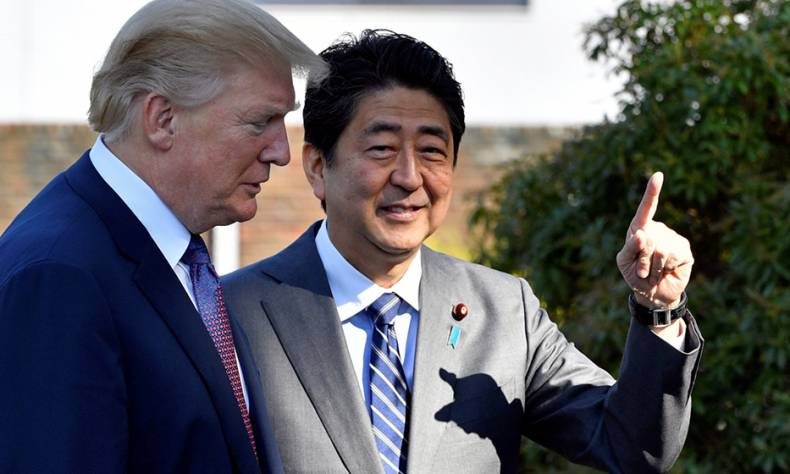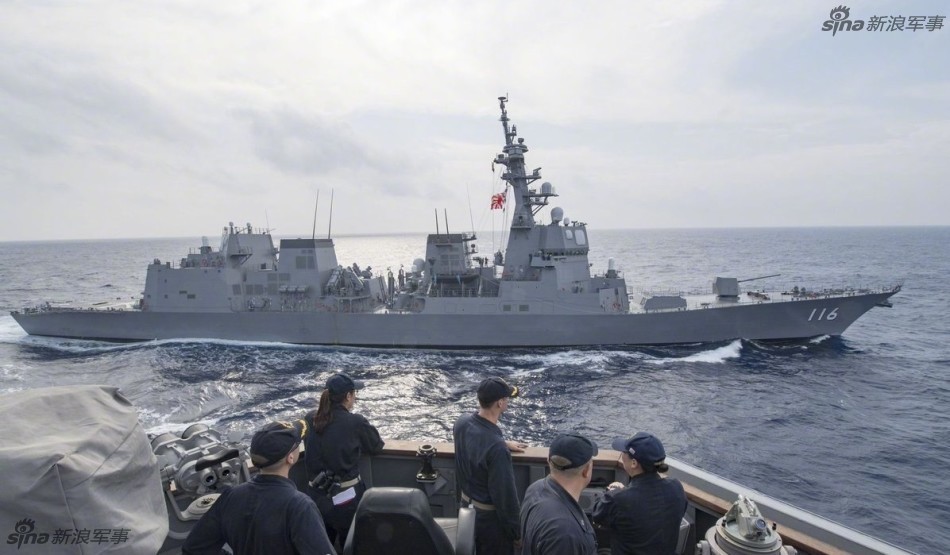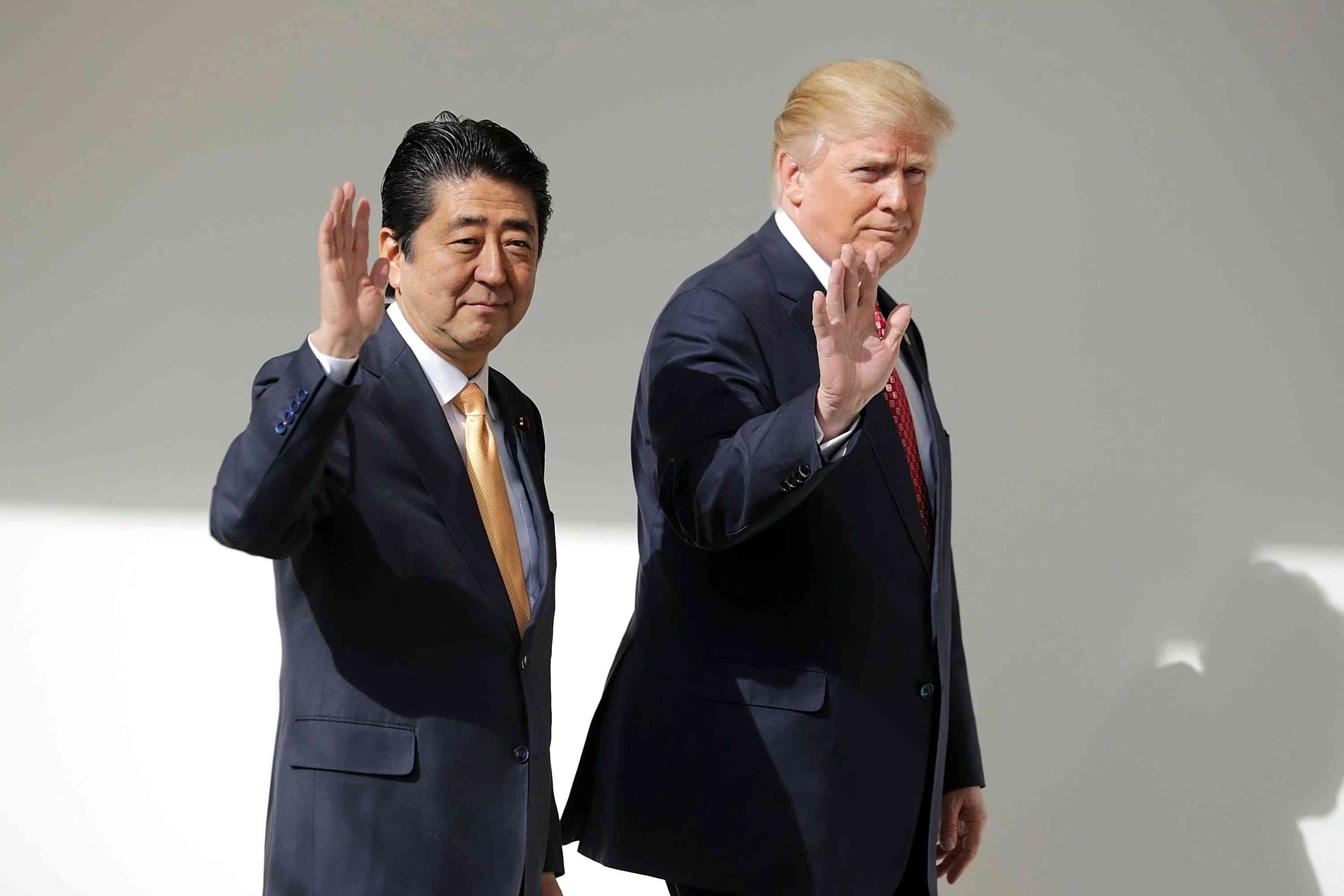
Will Japanese Warship South China Sea Cruise Damage the China-Japan Relations?
On July 4, Reuters reported that Japan would send its helicopter carrier “Kaga” to the South China Sea. The issue is still enraging China.
By Jiang Feng
On July 4, Reuters reported that Japan would send its latest Izumo-class helicopter carrier DDH-184 “Kaga” to the South China Sea. The issue is still enraging China. China-Japan relations are recovering recently: Chinese Premier Li Keqiang has successfully visited Japan and Japan’s Prime Minister Shinzo Abe is preparing to visit China. Japan’s plan to send “Kaga” is thus confusing and will damage the bilateral relations.
Does “Kaga”’s tour in the South China Sea show Japan wants to damage the China-Japan relations?
Reuters first reported that “Kaga” was to tour the South China Sea. Some Japanese media also reported later, such as BLOGOS and The Japan Times. But Japan’s mainstream media, left or right, haven’t fuel the flames. No senior official attached any strategic meaning to the plan. Seemingly, for Japan’s mainstream media, the tour doesn’t mean specially, and is not a catalyst for deteriorating China-Japan relations.
Dispatching a warship to the South China Sea is nothing new for Japan. In May, 2017, Japan dispatched its Izumo-class helicopter destroyer, an aircraft carrier-to-be, to the South China Sea and the Indian Ocean, and held a joint training with two US Navy Aegis destroyers in the South China Sea.
This year, Japan plans to dispatch “Kaga”, an aircraft carrier-to-be, which entered service in March, 2017. “Kaga” can carry early warning helicopters and “Ospreys”, a new-type conveyer. The Japanese Maritime Self-Defense Force (JMSDF) takes “Kaga” as an anchor warship for perimeter surveillance missions, and antisubmarine operations. For Japan, “Kaga” is a powerful weapon against China’s aircraft carriers. So “Kaga”’s South China Sea tour is more likely for containing China than the tour last year.
Showing its loyalty to the US
Why does Japan make a sensitive tour in the South China Sea when China-Japan relations is going well? Is Japan showing its loyalty to the US by touring in the South China Sea?
Japan has to pander to the strategic needs of the US by touring the South China Sea. Since early this year, the US has been tougher on China. As Japan is hinging on the Japan-US security alliance, it is afraid of lagging behind.
Since Donald Trump came into power, the Indo-Pacific region is gaining more prominence in the US global strategy. According to Trump, expanding its strategy from Asia-Pacific region to the entire Indo-Pacific region can find the US more allies to contain China. The South China Sea issue can help US realize its global strategy. Japan is the most important ally of the US in Asia and a major participant of the Indo-Pacific strategy. It has to follow the US at this critical moment despite its improved relations with China. This might be one of the reasons why Japan downplays the tour to the South China Sea.
The Domestic Politics in Japan
The tour also has reasons of domestic politics in Japan. In May, the Japanese government issued a maritime outline for the next five years– Basic Plan on Ocean Policy. Based on the plan, Japan’s maritime rights and interests are facing unprecedented threats, so Japan must shift the priority of its maritime policy from resource exploitation to security.
Japanese Prime Minister Shinzo Abe said at a meeting at the headquarters of Integrated Marine Policy: “As the maritime situations are getting serious, all government departments must safeguard our maritime rights and interests, and ensure stability in the ocean.” He said “China is taking action more frequently in the South China Sea” in many occasions.
Though Japan is willing to improve its political and economic relations with China by offering more olive branches, it will still be wary of China’s military might. Japan will still tour the South China Sea in future.
Japan is bolstering its sense of presence by touring the South China Sea. It tries to increase its global influence by touring in the South China Sea. As an Asian country in the camp of western powers, Japan is attracting more attention to the Asia-Pacific region to make itself feel better among western powers. With the excuse of safeguarding the “freedom of navigation in the South China Sea”, Japan lobbied western countries to tour in the South China Sea for many times. Though many agreed, they only paid lip service. Japan has to do it itself to catch the eyes of western countries and bolster its leadership and presence in the Asia-Pacific region.
Japan Should Keep a Low Profile on the South China Sea Issue
Japan’s farce will only worsen China-Japan relations, though cooperation with China benefits Japan. One can’t make an omelet without breaking eggs. Japan’s farce in the South China Sea takes its toll. Now, China-Japan relations is recovering from its nadir. Chinese Premier Li Keqiang has visited Japan and Japan’s Prime Minister Shinzo Abe is preparing to visit China. If Japan’s South China Sea tour worsens the bilateral relations, support for Abe administration, which much relies on his diplomatic achievements, will plummet, and Abe may lose the election for LDP President in September.
Besides, the US is waging trade war indiscriminately in the world. Clearly, pandering to the US strategy won’t bring Japan any economic benefits and Japan could even be a victim. And Japan has more economic common ground with China despite political divisions. Only by seeking common ground while reserving differences can the two countries achieve win-win results in the sluggish global economy. It is a priority to revitalize peace, friendship and cooperation between China and Japan. Japan should keep a low profile on the South China Sea issue.
Jiang Feng, editor-in-chief of the People’s Daily Overseas Edition Japan Monthly
Editor: Dong Lingyi
Intern Editor: Shou Pan
 Facebook
Facebook
 Twitter
Twitter
 Linkedin
Linkedin
 Google +
Google +












